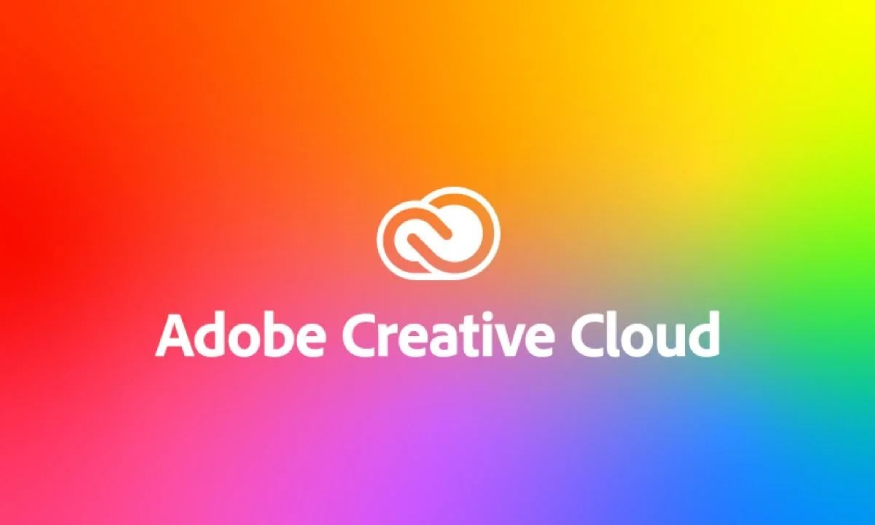Best Selling Products
Portfolio creation tools
Nội dung
- 1. What is a portfolio?
- 2. The importance of Portfolio
- 3. What information does the portfolio contain?
- 4. Types of Portfolios
- 4.1. According to needs
- 4.2. By form
- 5. What information should a professional portfolio include?
- 5.1. Introduction
- 5.2. Typical products
- 5.3. Evaluation from partners
- 6. Tools to create professional, impressive personal portfolios that attract employers
- 6.1 Canva
- 6.2 Behance Free Portfolio Designer
- 6.3 Adobe Portfolio
- 6.4 Morpholio
- 6.5 Wordpress
- 6.6 Journal Portfolio
- 7. Tips for designing a beautiful portfolio that attracts employers
- 7.1 Arrange the appropriate Portfolio layout
- 7.2 Portfolio must ensure aesthetics
- 7.3 Update new trends
- 7.4 Use a printed portfolio when going for an interview
- 7.5 Showcase your best products
- 8. What are some ways to approach employers through Portfolio?
- 8.1 Printing
- 8.2 PDF Version
- 8.3 Online Portfolio
- 8.4 Portfolio Video
- 8.5 Website - portfolio template for content marketers
Portfolio helps employers visualize your potential more clearly, helping you stand out from the crowd and conquer ideal career opportunities. Join SaDesign to learn what a Portfolio is. Professional Portfolio creation tools to have an impressive Portfolio that attracts employers.

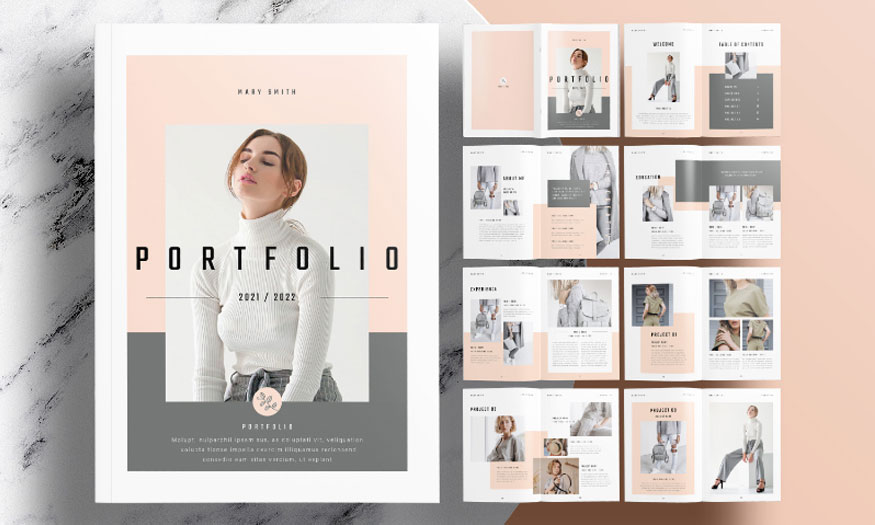
1. What is a portfolio?
Portfolio, also known as a profile, is a collection of an individual's products, projects, work experience and skills. It is presented in a systematic and professional manner, with the aim of demonstrating one's abilities, experience and achievements in a specific field.
2. The importance of Portfolio
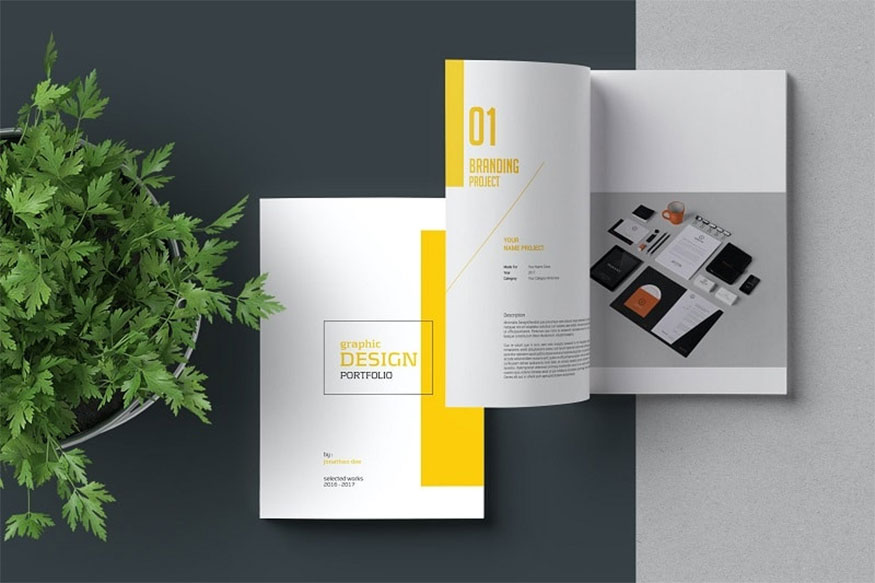
In the context of today's fiercely competitive labor market, owning a professional Portfolio plays an extremely important role, bringing many practical benefits to users:
Demonstrate your skills and experience effectively. Instead of just listing dry information on your CV, your Portfolio allows you to tell a story about your career development through real projects and products.
Portfolio allows you to clearly present your work achievements.
Portfolio is the ideal tool for you to introduce your most outstanding strengths and skills, thereby making a strong impression on the employer. You can focus on the most important skills related to the job position you are applying for, and illustrate them through the products and projects in the Portfolio.
A portfolio will help you stand out from other candidates, giving you a competitive edge when looking for a job or partnership. Employers often have to review many applications, and a portfolio is a way for you to differentiate yourself and attract their attention.
Portfolio helps to evaluate your actual capacity through the projects and products presented. This helps employers have a more objective view of your capacity, thereby increasing the ability to convince them to make a hiring decision.
3. What information does the portfolio contain?
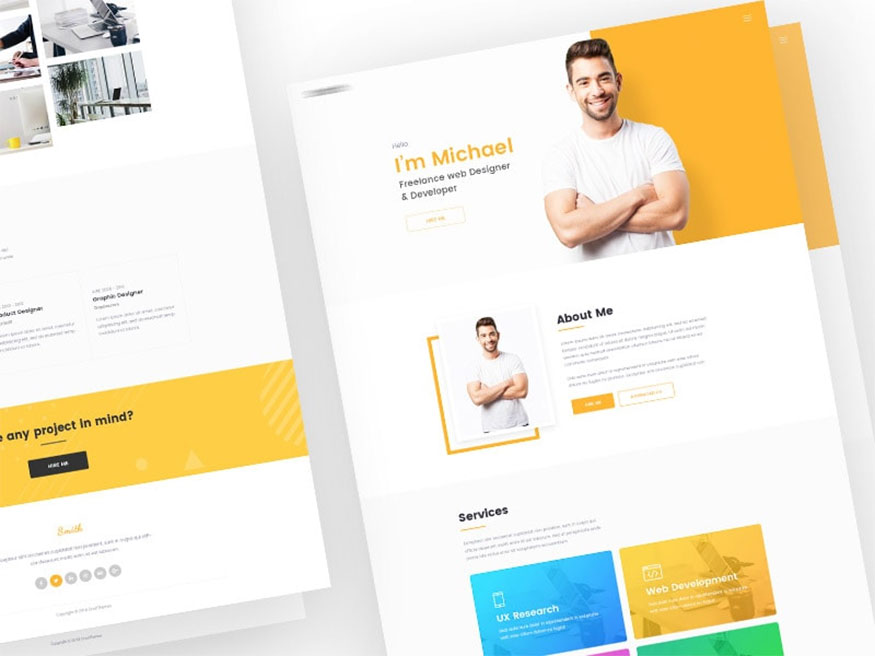
A complete Portfolio usually includes the following main components:
Personal information: Like a traditional CV, this is a basic introduction about you, including your name, date of birth, contact information, and professional social media sites (if any).
Products and projects: This is the most important part of your Portfolio, demonstrating your actual capabilities. You need to select projects and products that are typical, influential and bring the best results.
Skills and achievements: In addition to products, you need to list your professional skills, soft skills, certificates, and awards you have achieved. This section helps employers better understand your abilities and potential.
Partner Reviews: Referrals, positive reviews from previous clients or managers will add credibility and trust to your Portfolio.
4. Types of Portfolios
Portfolios can be classified based on many different criteria. The two most common classifications are by need and by form.
4.1. According to needs
Portfolios are used for many different purposes, each of which will require a different approach, content, and presentation.
Personal job application portfolio: The purpose is to find a job, demonstrate the ability and experience suitable for the recruitment position. The job application portfolio needs to be professionally designed, clearly presenting the skills, experience, and achievements related to the recruitment position.
Business introduction portfolio: To show the products, services or typical projects of the business.
4.2. By form
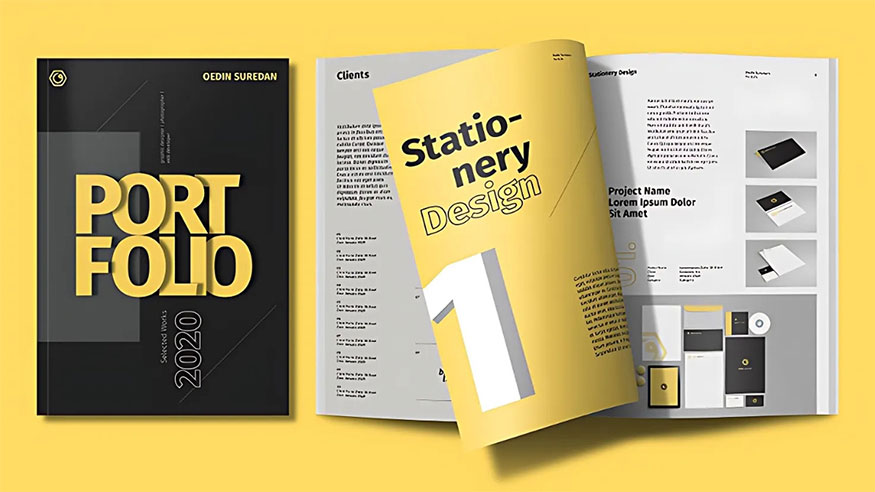
Depending on the purpose and context of use, Portfolio can be presented in many different forms.
Printed Portfolio: This type of Portfolio is quite popular and can be printed into a catalog or a thin book in A4, A3, A5 size.
Portfolio PDF: This type of Portfolio is suitable for submitting Portfolio online.
Website portfolio: This portfolio allows customers to approach you more, especially suitable for freelancers.
Video portfolio: Suitable for applying for acting and performance positions to summarize experience in front of the camera.
5. What information should a professional portfolio include?
A professional portfolio not only presents information fully but also ensures aesthetics, is easy to understand, logical and attracts readers.
5.1. Introduction
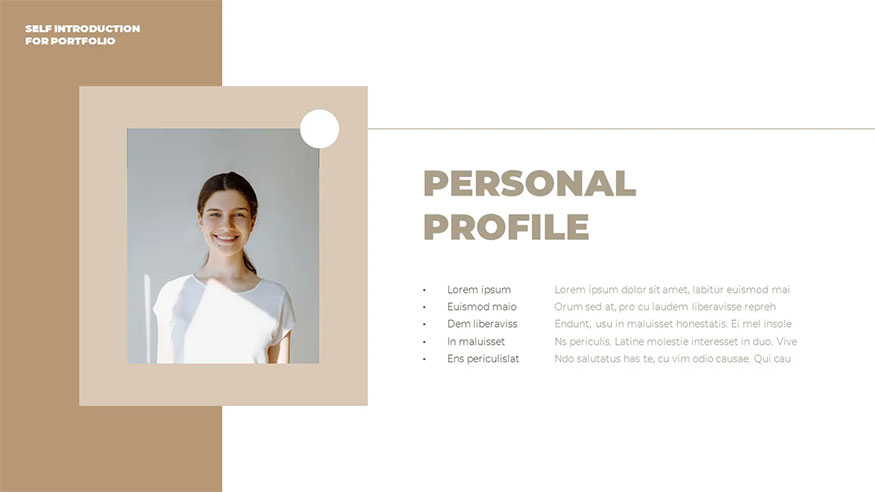
The introduction helps you impress the employer. The introduction should contain the following basic information:
Personal information: Please provide personal information briefly and concisely, including full name, date of birth, address, phone number, email, personal photo, social networking sites (if any).
Career Objective: State the field you want to pursue, the desired job position and related skills. You need to focus on skills and qualities that are relevant to the position you are applying for.
Brief Introduction: Write about yourself, your strengths, your experience, and your career goals in short, concise, and engaging language. Be confident, sincere, and focus on your strengths.
5.2. Typical products
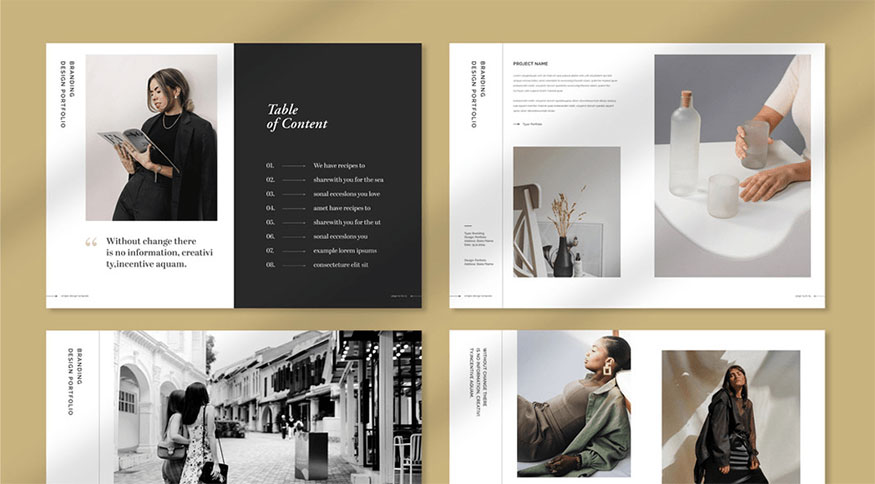
This section is the focus of the Portfolio, showing your actual capabilities through specific projects and products. When listing typical products, you need to pay attention to:
Carefully select your products: Choose projects and products that best demonstrate your capabilities and experience. Focus on products that deliver impressive results and are highly applicable.
Detailed description: Describe each project and product in detail, including objectives, implementation methods, results achieved, and your role in the project. Use clear, easy-to-understand language to help employers easily absorb the information.
Use images and videos to illustrate: Combine images and videos to illustrate projects and products, making your Portfolio more vivid and easier to understand. Make sure the images and videos are clear, high resolution and appropriate to the content.
Evaluate effectiveness: Highlight achievements and results from projects and products, such as increased revenue, improved operational efficiency, cost savings, etc. Use specific figures to increase persuasiveness.
5.3. Evaluation from partners
This section helps add credibility and trust to your Portfolio by sharing positive feedback from clients, partners or managers.
Choose the right testimonials: Choose testimonials that are positive and relevant to your field. Choose testimonials that clearly demonstrate your abilities, experience, and skills.
Present reviews professionally: Use appropriate fonts, sizes, and layouts to make reviews stand out and attract readers.
Include reviewer contact information: Helps employers verify information, adding credibility to the Portfolio.
6. Tools to create professional, impressive personal portfolios that attract employers
6.1 Canva
Canva has emerged as one of the most popular online graphic design platforms today. Canva's outstanding advantages are its ease of use, diverse and rich Portfolio template library, along with an intuitive, friendly interface, helping you easily create a professional Portfolio, even if you do not have any design knowledge.
Canva offers a huge library of portfolio templates in a variety of styles, from minimalist to modern, suitable for a variety of industries and purposes. You can easily customize your portfolio templates by changing colors, fonts, images, and adding other design elements.
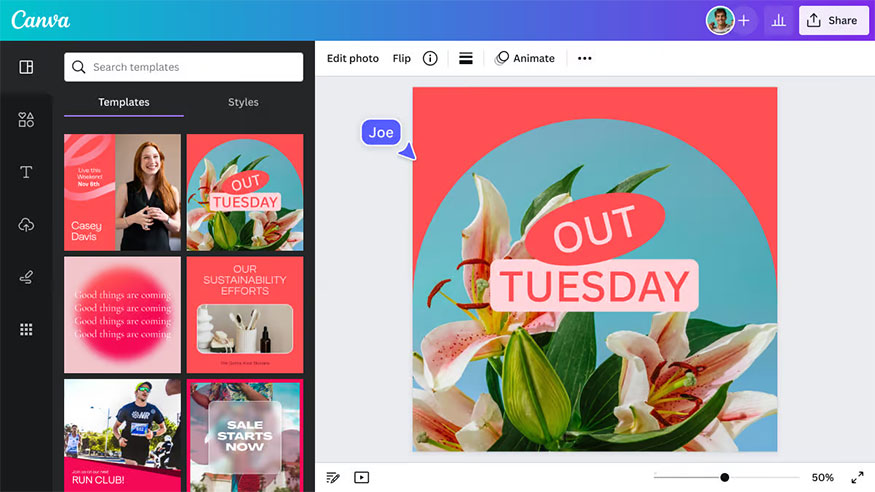
Not only that, Canva also owns an extremely rich library of images, icons, and fonts, allowing you to create a unique and impressive Portfolio. You can easily combine these elements to express your own personality and style, making your Portfolio stand out and attractive.
6.2 Behance Free Portfolio Designer
Behance is an Adobe platform that is a great choice for individuals working in the fields of design, art, architecture, who want a place to showcase and share their work. Behance not only helps you create a professional online portfolio but also provides opportunities to connect with other designers and employers in the community.
Behance focuses on showcasing design and illustration projects, with a professional interface that is optimized for presenting images and content. You can easily share your work, with detailed descriptions of the process, ideas, and results.
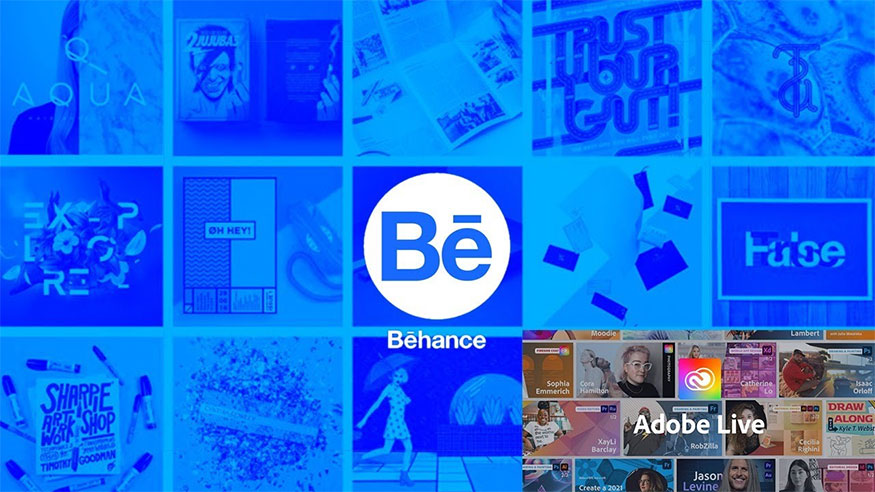
6.3 Adobe Portfolio
Adobe Portfolio is an online Portfolio website creation service from Adobe, integrated with other powerful graphic design software in Creative Cloud such as Photoshop, Illustrator. With Adobe Portfolio, you can not only create a professional, beautiful Portfolio website but also manage and update content conveniently.
Adobe Portfolio's interface is beautifully designed, professional, and compatible with many devices. The integration with Creative Cloud gives you maximum convenience in managing images, graphics, and videos to create a truly impressive Portfolio.
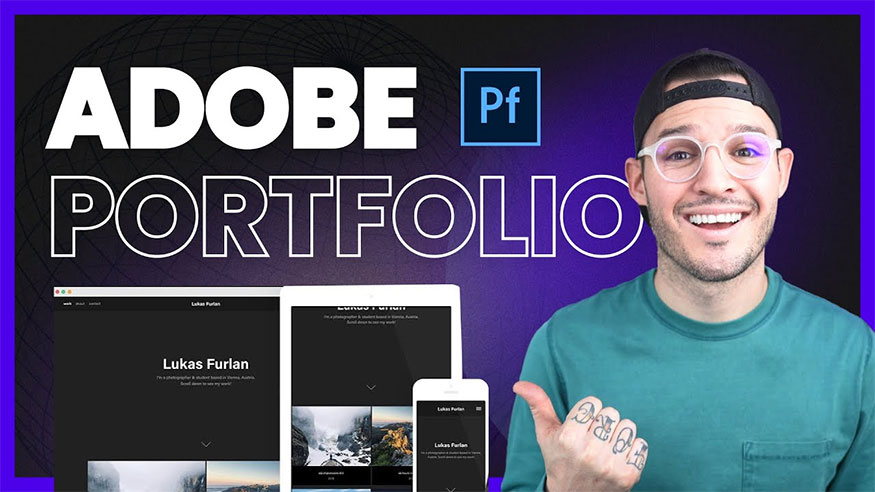
6.4 Morpholio
Morpholio is an innovative mobile design tool for architects, designers and artists. With Morpholio, transforming your ideas into reality is easier and more intuitive than ever.
With Morpholio, you can create an impressive, professional Portfolio extremely quickly and efficiently without spending too much time.
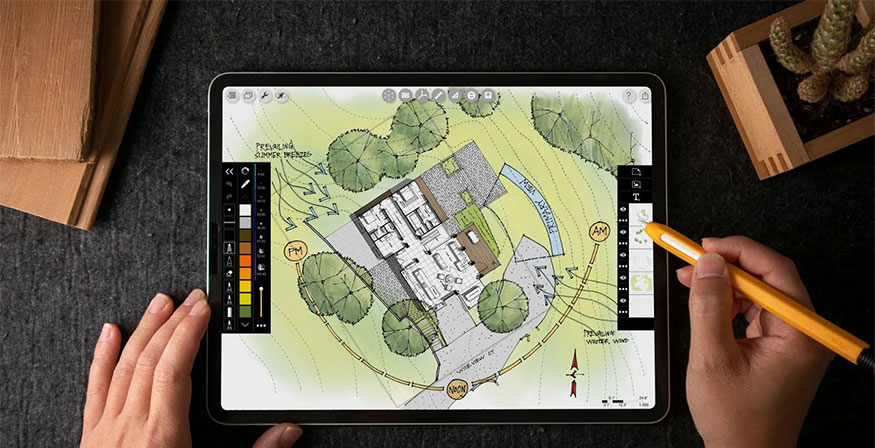
6.5 Wordpress
WordPress is the most popular website building platform today, known for its high customization capabilities and huge repository of plugins and themes. If you are experienced in website design and management, WordPress will be a great choice to create a professional, fully-featured Portfolio.
WordPress allows you to customize the look and feel of your website, from layout, colors, fonts to additional features. You can install plugins to help optimize your website for SEO, increase page loading speed, security, and many other features.

6.6 Journal Portfolio
Journo Portfolio is an indispensable tool for you to build a professional and impressive online portfolio. With an intuitive and easy-to-use interface, Journo Portfolio allows you to present your works in a creative and attractive way.
From creating article portfolios, embedding videos to tracking statistics, Journo Portfolio offers a comprehensive solution for management and sharing to build your personal brand and increase your reach.
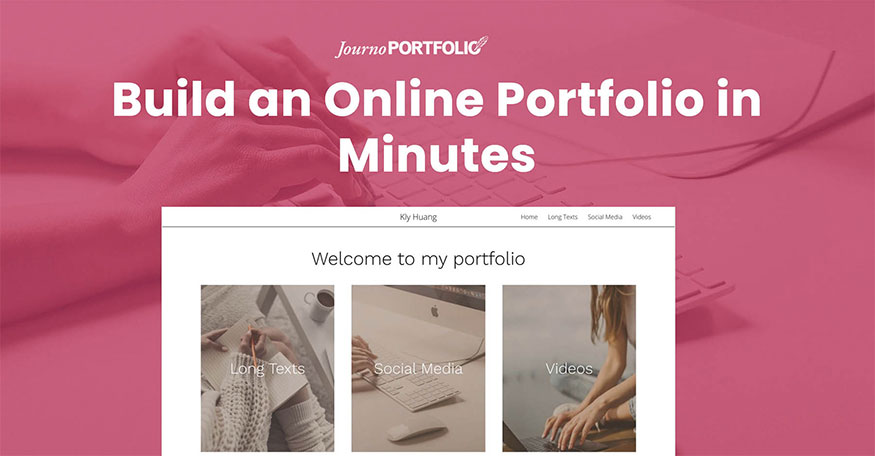
7. Tips for designing a beautiful portfolio that attracts employers
In addition to preparing quality content, a beautiful, easy-to-see Portfolio also plays an important role in attracting employers.
7.1 Arrange the appropriate Portfolio layout
A logical, easy-to-follow layout will help recruiters easily absorb information.
Use a clear, logical structure: Divide your portfolio into clear, titled sections with clear, easy-to-follow content.
Use white space wisely: Avoid using too many colors and images, which can make your portfolio look cluttered and difficult to read. Create white space so that readers can easily focus on the main content, creating a comfortable feeling when reading.
Responsive design: Portfolio must display well on mobile devices such as phones and tablets. This helps ensure that your Portfolio can be viewed on any device, providing the best experience for readers.
7.2 Portfolio must ensure aesthetics
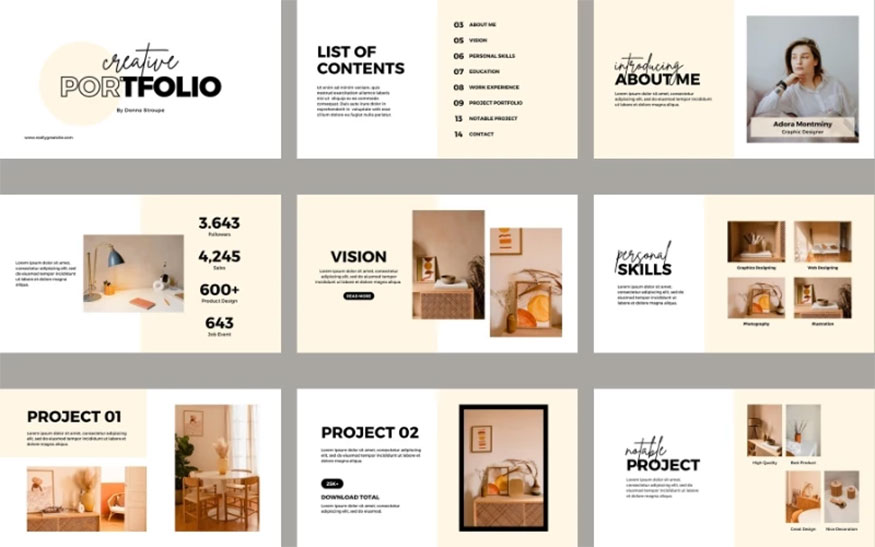
Aesthetics will create the first impression for the employer. To do this you need:
Use easy-to-read, professional fonts that are appropriate for the field you are pursuing. Avoid using too many different fonts, which will make your Portfolio look confusing.
Combine colors subtly, creating a professional and attractive feeling. Choose colors that match the field and personal brand you want to build.
Illustrations must be clear, high resolution, and consistent with the overall design of the Portfolio. High quality images will create a better impression on employers.
7.3 Update new trends
Portfolio design trends change constantly, updating trends helps you create a unique Portfolio that suits the tastes of employers. Updating the latest Portfolio design trends helps your Portfolio keep up with the times.
Don't forget to use graphic design software and online Portfolio creation tools to design a professional Portfolio.
7.4 Use a printed portfolio when going for an interview
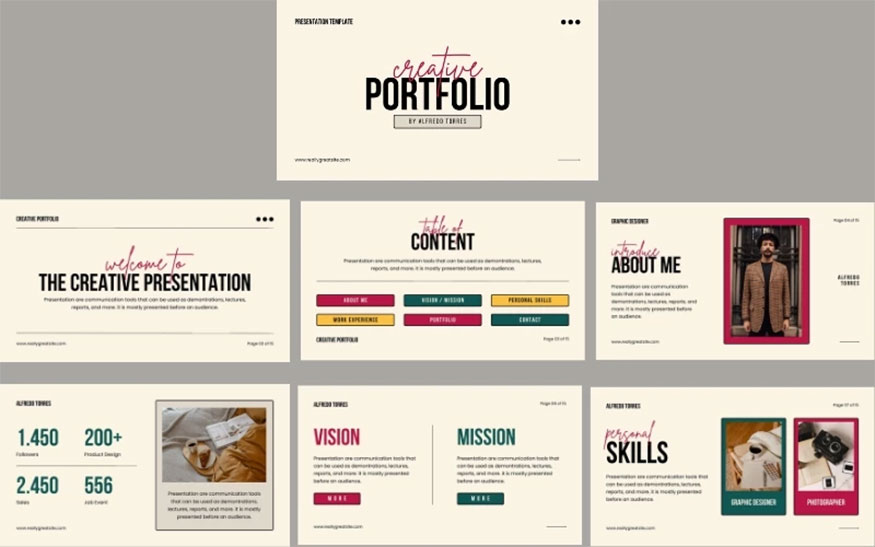
A printed portfolio is a way for you to make a strong impression on employers during face-to-face interviews. When using a printed portfolio for an interview, you need to:
Print your Portfolio on good quality paper to create a professional and luxurious feel.
Design a printed portfolio with colors and styles that match your field and profession.
Use a printed portfolio to give to the employer when you attend an interview. This shows your thorough preparation and professionalism.
7.5 Showcase your best products
Selecting the right products will make a difference for your Portfolio. You should only present quality products that are suitable for the job requirements for which you are applying. At the same time, emphasize the strengths and results achieved from the products and projects.
8. What are some ways to approach employers through Portfolio?
8.1 Printing
In certain situations, printing a hard copy of your Portfolio is still an effective way to impress employers, especially when you are interviewing or meeting in person.
A high-quality, professionally designed Portfolio print shows your investment and seriousness. The employer will feel the care and thoughtfulness in the way you prepare for the meeting, creating a good impression in the first meeting.
However, this method also has limitations such as high printing costs and difficulty in updating content when changes are needed.
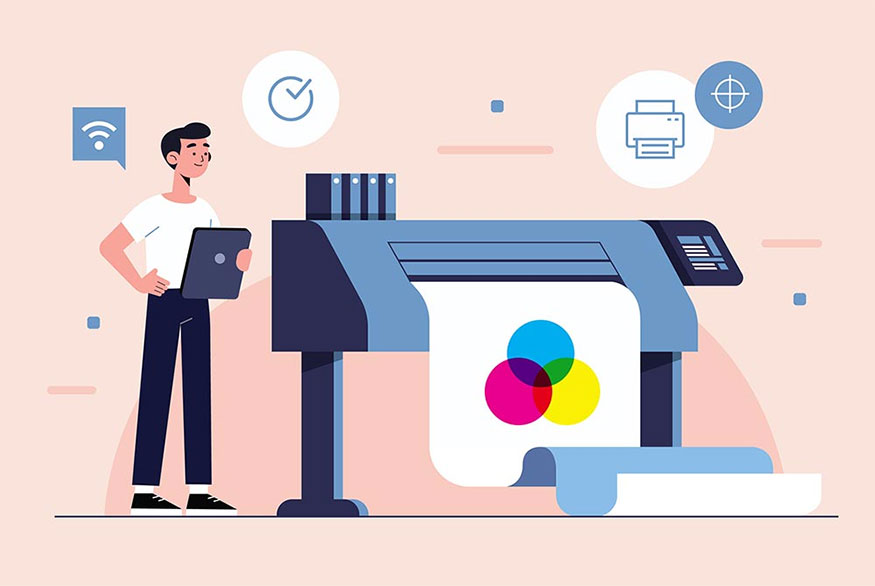
8.2 PDF Version
PDF format is a familiar choice, easy to share via email, online recruitment application platforms. PDF retains the same format and content on all devices, ensuring that the Portfolio presentation is always maintained perfectly. Employers can view your Portfolio anytime, anywhere, convenient for both parties.
However, compared to other formats, PDF is limited in interactivity. It cannot integrate video, audio, or other dynamic multimedia features.
8.3 Online Portfolio
Online portfolios are becoming increasingly popular due to their convenience and accessibility. Sharing your portfolio through a private website or online sharing platforms such as Behance and Canva makes it easier for you to reach more potential employers, without being limited by space and time.
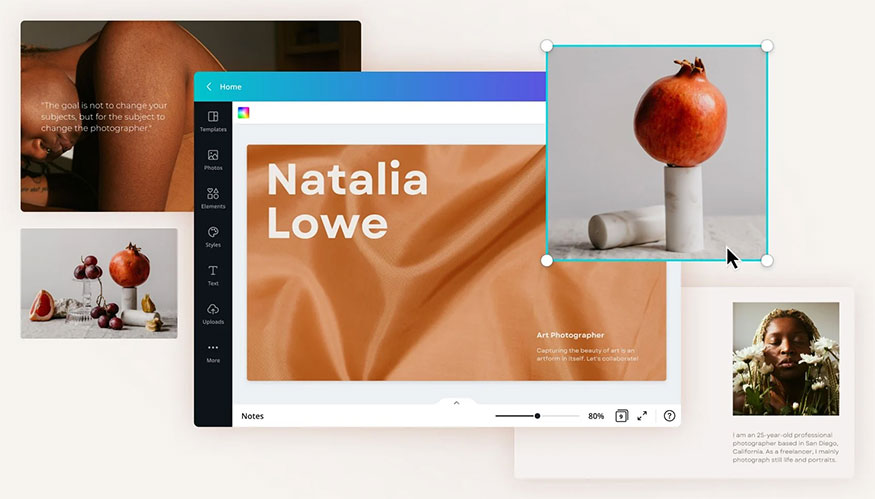
You can also easily update and edit your Portfolio content flexibly, reflecting changes in your experience, skills and latest projects.
8.4 Portfolio Video
Video portfolios are becoming a new trend, providing a more dynamic and engaging approach. Employers will have a more intuitive view of your abilities, personality, and working style through short, concise videos.
You can introduce yourself, your projects, or your skills in an impressive way, making a difference from other candidate profiles. However, this method requires you to have video filming and editing skills, and requires investment of effort and time to do it.
8.5 Website - portfolio template for content marketers
For those working in the field of Content Marketing, building a professional Portfolio website is very important. The Portfolio website is where you can clearly demonstrate your ability, experience and writing style most impressively.
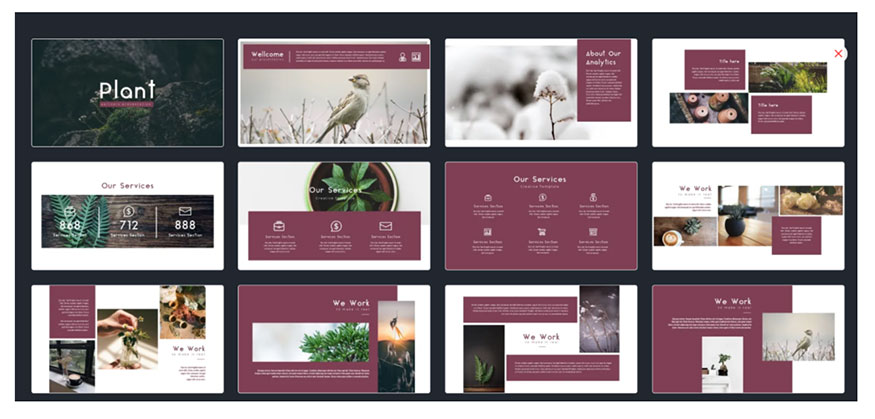
Content should include:
Introduce yourself: Clearly state personal information, work experience, professional skills, and areas of expertise in Content Marketing.
Featured articles and projects: Present articles, marketing campaigns, and content projects that have been implemented, along with specific and clear results.
Personal blog: Share articles, thoughts on your field, and useful knowledge in Content Marketing to demonstrate your understanding and keep up with trends.
Feedback/Evaluation: Share positive feedback from customers, partners,... to increase the employer's trust in your ability.
Contact: Provide full contact information, making it easy for employers to contact you when needed.
Some platforms that support creating Portfolio websites for Content Marketing people:
WordPress: A popular, flexible platform that allows you to customize your website to your liking, suitable for those with experience in programming and web design.
Squarespace: Friendly, simple interface, suitable for beginners, no knowledge of web programming required.
Wix: Easy-to-use platform, offers many beautiful website templates, suitable for those who want to create a website quickly at low cost.
Portfolio is an important tool to help you effectively demonstrate your abilities, experience and achievements. Through this article, we hope you have a better understanding of the concept of Portfolio and its importance in the process of finding a job or developing a career. Investing time and effort to build a professional Portfolio will bring you many benefits in the future. Be proactive, creative and polish your Portfolio to increase your chances of career success.
Installation and support contact information:
🏡 SADESIGN Software Company Limited
📨 Email: phamvansa@gmail.com
🌍 Website: https://sadesign.ai















.png)


























